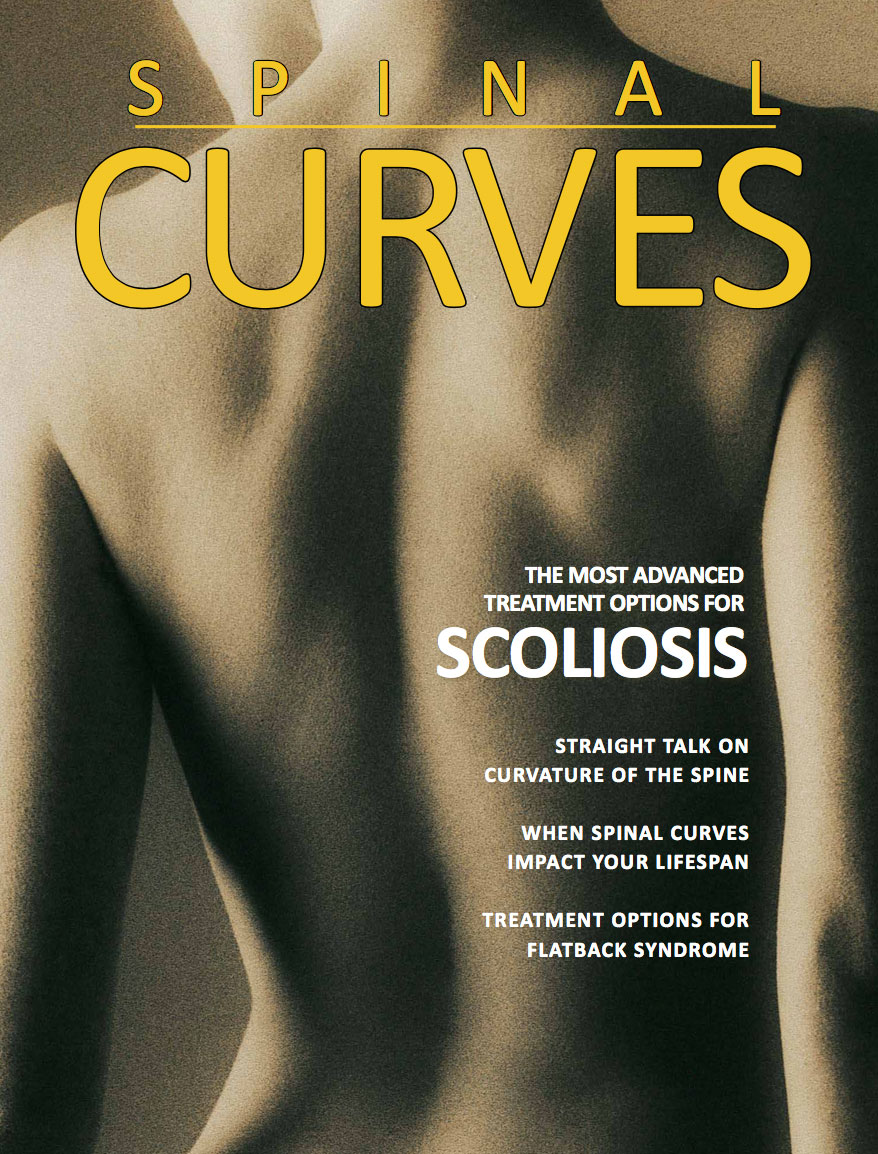Young Adults (Age 13-18)
Skeletal maturity was once used as the benchmark for ending the treatment of idiopathic scoliosis. However, it is now recognized that curves over 30 degrees in the lumbar spine and 40 degrees in the thoracic spine have continued potential for progression. This progression can lead to worsening spinal deformity, pain, and accelerated degeneration of the spine around the scoliosis in the young adult.
Conservative treatments such as physical therapy and injections can often help with the pain issues. An opportunity may exist for a minimally invasive surgery addressing the scoliosis, which can correct the scoliosis, prevent further progression, and thus preventing degeneration of the spine below the scoliosis. This can prevent further pain and disability, and thus a larger, salvage surgery or progressive disability later in life.







